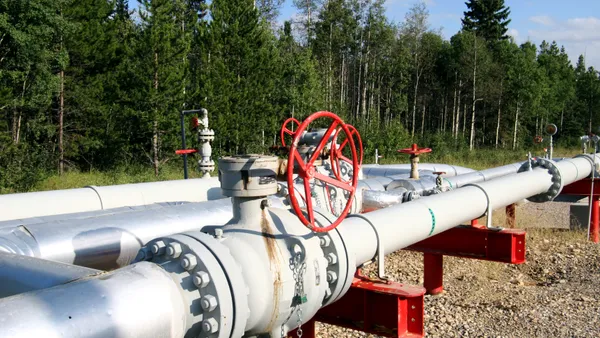Quick Facts
Southern California Edison
-
CEO:
Kevin M. Payne
-
Parent company:
Edison International
-
Founded:
1896
Credentials:
Primary electric supplier for Southern California.
Biggest move made:
Introduced a comprehensive climate plan to cut down emissions and invest in more renewables beyond state mandates.
Impact on power sector:
Set a high bar for other California utilities as the state decarbonizes its power and transportation sectors.
Correction: A previous version of this article incorrectly stated SCE's investment as $553 billion. It should have said $553 million.
California, the Golden State, is also the golden child of the renewable energy and climate change revolution. The state carved out ambitious renewables and climate goals in the past decade, and set in motion proceedings aimed at accommodating the growing intermittent resources like wind and solar.
California utilities face strengthening customer desire for clean energy resources and mandates such as Gov. Jerry Brown’s plan to put more than 1.5 million zero-emissions vehicles on the road.
To cope with these changes, some California utilities are crafting their own plans to achieve these ends rather than endure prodding from the California Public Utilities Commission (CPUC). Southern California Edison (SCE) is one such example.
Currently in the midst of a controversial rate case, the utility seeks to spend $2.1 billion to invest in modernizing the grid and preparing for the influx of distributed energy resources. The plan includes upgrading the grid to handle the two-way power flows of rooftop solar systems and other distributed resources. It would also invest heavily electric vehicle charging infrastructure, a key part of the utility’s plan to clean up the transportation sector and grow demand. Currently 28.2% of its power mix comes from renewables, and SCE is on track to meet the RPS a decade early.
SCE has swiftly deployed energy storage to meet the state’s goal to replace lost capacity from the Aliso Canyon methane leaks. The utility stirred up the power sector in 2015 when it announced plans to purchase 250 MW of storage in one fell swoop — five times the amount required by regulators. At the beginning of 2017, SCE boasted roughly 400 MW of storage under contract.
Another focus is electrifying transportation. SCE’s plan includes a $553 million investment in charging infrastructure while spending $19.45 million on six “priority review” pilots.
The utility also unveiled a new climate plan in November that encapsulates those efforts. As part of the plan, SCE proposed doubling the state’s use of carbon-free energy from its current 40% to 80% by 2030, in part by rolling out more energy storage projects. The plan would also double energy efficiency standards and aim to put 7 million electric vehicles on the road by 2030 through the use of financial rebates and incentives
Perhaps most importantly, SCE acknowledges the troubling impacts from climate change and air pollution — a stance at odds with much of the United States as the Trump administration seeks to roll back regulations aimed at combating these issues.
Perhaps most importantly, SCE acknowledges the troubling impacts from climate change and air pollution — a stance at odds with much of the United States as the Trump administration seeks to roll back regulations aimed at combating these issues.
Looking Forward
Any one of these accomplishments are significant milestones in a historically conservative industry. But taken together, these forward-looking efforts push SCE above its counterparts in the effort to decarbonize the power sector.
“Climate change and air pollution are serious threats that will require the state to transform the way energy is produced and used,” President Pedro Pizarro said in a statement. Going forward, SCE has set a standard for other California utilities to meet and exceed as the state rolls forward to meet its climate and renewable energy goals.












